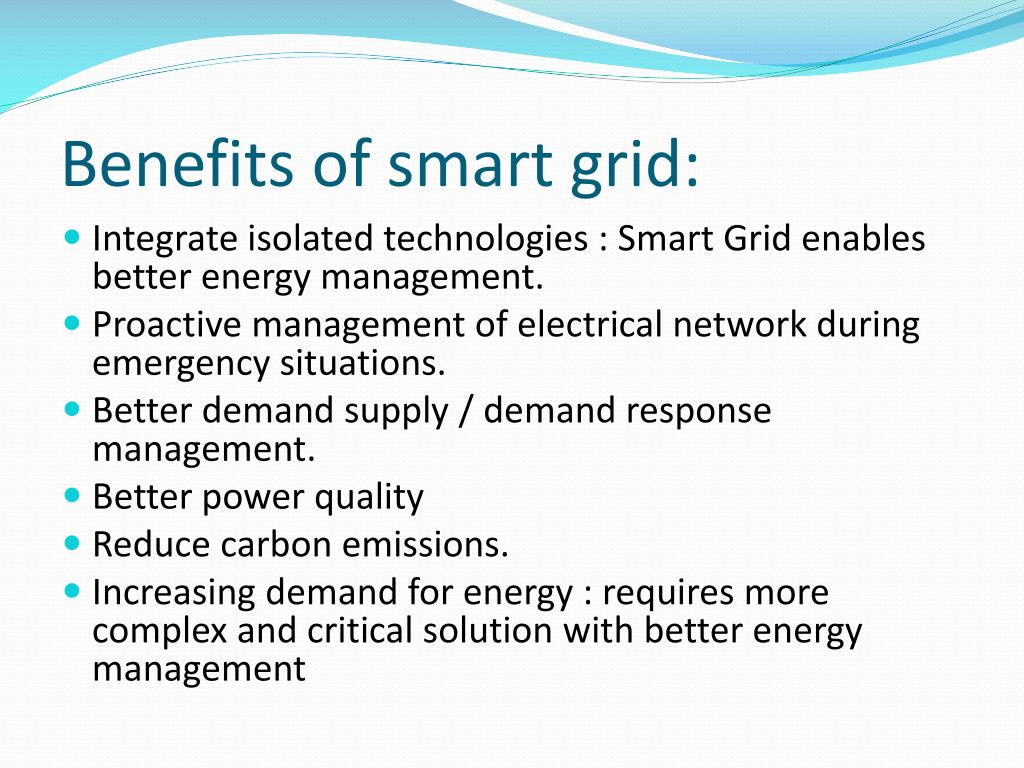

Instead of relying on consumers to notify utilities of power failures, expected failures are located by smart sensors enabling quicker responses to disruption. Smart grids integrate digital technology such as smart meters throughout the energy system that feed real-time data back to utility companies, allowing for accurate predictions of supply and demand. By the time the electricity is rerouted, the power failure could have escalated into a blackout, as other lines might not have enough spare capacity to accommodate the extra current. If equipment fails, consumers notify the utility company and then a utility worker must physically reroute the flow of electricity. This system puts the burden on utility companies to match supply of electricity perfectly with demand, since electricity generated at power stations is not stored. The current US grid delivers electricity from the power plant through transmission lines, substations, and transformers to homes and businesses. How is a smart grid better than the current system?īlackouts occur when electricity demand exceeds supply, or equipment in the system malfunctions. The US should transition from its current electrical system to the smart grid, a network that utilizes digital communication technology to react to changes in electricity usage, in order to mitigate the risks associated with power outages as well as climate change. Our current system doesn’t just need an update, it needs a reconstruction. This is unsurprising considering 70% of American transmission lines and transformers are 25 years old, and the average age of US power plants is 36 years old. The average US power outage is 120 minutes and increasing, while the average outage of other developed nations is approximately 20 minutes and decreasing.

America has the highest number of outage minutes of any developed nation, totaling around 6 hours annually. The number of major outages in the US nearly tripled from 2003 to 2018.

But that was 17 years ago-one would assume the US would have improved its electrical grid by now.Īccording to data provided by the Department of Energy, that is not the case. The 2003 East Coast Blackout cost America approximately $6.4 billion. How does one tree create a dip in America’s GDP? It falls on a transmission line, causing a 2-day blackout for 50 million people. She is passionate about utilizing private-public partnerships to catalyze ecosystem-oriented positive social change. Monica is a senior at the Wharton School of the University of Pennsylvania studying Finance and Social Impact & Responsibility.


 0 kommentar(er)
0 kommentar(er)
